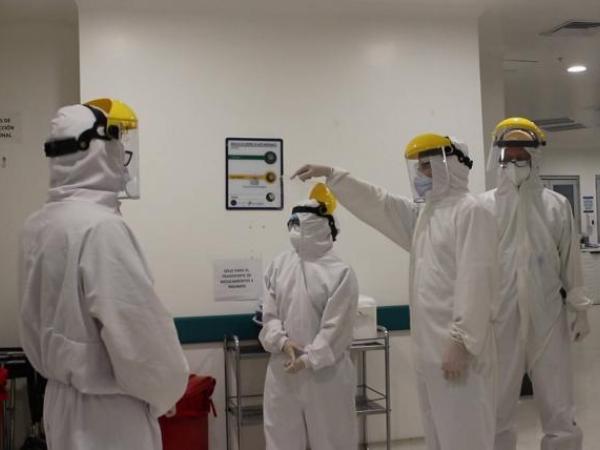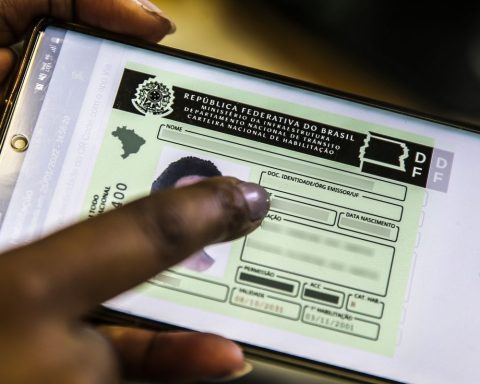The Chambers of Health of the Andi and Anif project that, by 2035, the health spending, in a realistic scenario, it will be 9.5% of the GDP with the implementation of a series of recommended measures.
(See: Government allocated $ 500 billion to care for the migrant population).
“The health spending needs after the pandemic are and will continue to grow, so the challenge facing the Colombian health system is to guarantee financial stability in the long term, which is not completely dependent on the increase in the resources that the National Government can contribute or an increase in the contribution base of the people, which ends up undermining formal employment in the country”, So concludes the study ‘Proposals for the financing of the health system in Colombia in the next decade’.
According to the research, the pressures on health spending come mainly from in technological change, population increase, change in demographic structure and the increase in the care of chronic diseases.
(See: Colombia, 10 points from reaching 70% vaccine coverage).
Bruce Mac Master, president of Andi, highlighted the fundamental role of the health sector in the country and announced that, at the last Board of the National Directorate of the entity he directs, it was decided to create a vice-presidency of the health sector within the organization, “which gives us an immense opportunity to have a global vision of how the health sector could and should work in Colombia, taking into account that a large part of the links in this chain are represented here, so we have been able to advance in exercises synergistic and collaborative, as is the case in the presentation of this study, but we want to go further“, said.
Given the projections made, health insurance spending would go from 5.9% of GDP registered in 2020 to 9.9% in 2035 in a realistic scenario, or 7.7% of GDP in a baseline scenario rated as optimistic.
(See: The money that Coljuegos has raised for bets so far in 2021).
“However, there could be a decrease in health insurance spending in such a way that the item decreases 0.4 percentage points with respect to the realistic scenario, going from 9.9% to 9.5% of GDP in 2035. To do this , the sources of financing that should be managed more efficiently are territorial income, national income and private spending and out-of-pocket spending”, Explained Mauricio Santamaría, President of Anif.
The study raises three recommendations and proposals that would have budgetary impact:
1. Redefine the mechanisms of contracting to generate efficiency at the intrahospital and interhospital levels.
2. Adjust financial and health risk management schemes, including incentives to improve quality, while the calculation of a new UPC is discussed “based on conditions”. This would allow the sector to better prepare for the change in the recognition and payment model for health services.
3. Highlight the importance of prevention and self-care within the strategies to achieve the goals that are proposed for the Ten-Year Public Health Plan 2022-2031.
(See: Ready for another pandemic?).
BRIEFCASE

















